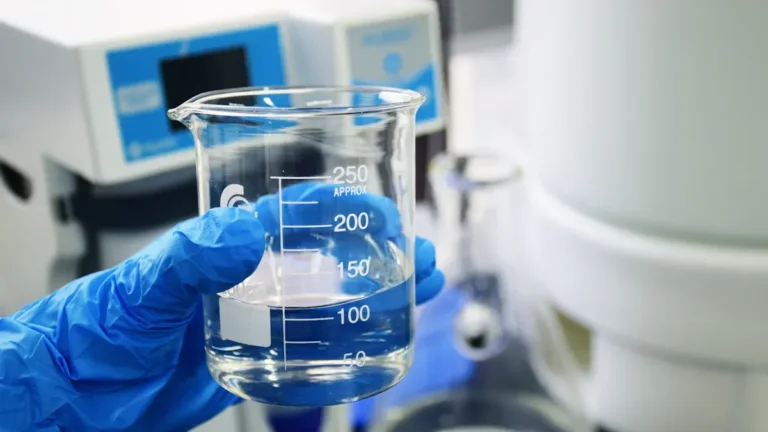Metallentfernung Aktivkohle
.webp)
Buy Metal Removal Activated Carbon
Herausforderungen für die Industrie
Selectivity Constraints
- Activated Carbons have differing adsorption efficacy when removing various metals (e.g., improved removal of lead but low removal of copper/iron).
- Chemically modified MRAC concentrates its efficacy, but is ultimately also limited when treating complex multi-metal streams as in mixing mining effluents that contain gold, silver, zinc or nickel.
Competitive Interference
- Non-target ions (calcium, organic compounds) compete with heavy metals (cadmium, copper) for adsorption sites in industrial wastewater.
- pH fluctuations further disrupt binding stability and ion selectivity.
Grenzen der Regeneration
- Recovering precious metals (silver, gold-cyanide complexes) via acid washing is inefficient.
- Incomplete impurity removal (iron/calcium salts) and reduced metal recovery rates occur during regeneration cycles.
Material Degradation
- Repeated regeneration diminishes porosity and functional group effectiveness.
- Pore blockage from oils/organics or chemical degradation necessitates frequent carbon replacement.
Hazardous Waste Management
- Spent carbon loaded with toxic metals requires specialized hazardous waste disposal.
- Sustainable regeneration technologies remain underdeveloped, creating logistical and environmental burdens.
verwandte Arten von Aktivkohle
-r8fslg51nt6wgjtvh6yldxb1gtkgm3lpe0oq1akgog.webp)
- Jodwert: 600-1200
- Maschenweite: 1×4/4×8/8×16/8×30/12×40/20×40/20×50/30×60/40×70 (weitere Größen auf Anfrage)
- Scheinbare Dichte: 400-700
-r8fsli0q1h9h3rr567ruiwtynlb71ht629zozuhoc0.webp)
- Jodwert: 500-1300
- Maschenweite:0,9-1mm/1,5-2mm/3-4mm/6mm/8mm(Weitere Größen auf Anfrage)
- Scheinbare Dichte: 450-600
-r8fslbfupn0gui0p8mxgjghqhw7mjm31pdfamwrfjk.webp)
- Jodwert: 500-1300
- Maschenweite: 150/200/300/350 (weitere Maschenweiten auf Anfrage)
- Scheinbare Dichte: 450 - 550
-r8fsle9da54btbwls65c8xs4a1tq6pe8prdr2qn90w.webp)
- Jodwert: 400-800
- Maschenweite: 100×100×100mm/100×100×50mm (kundenspezifische Zelldichte auf Anfrage)
- Scheinbare Dichte: 350-450
- Bohrungsdurchmesser:1,5-8mm

- Jodwert: 700-1200 mg/g
- Oberfläche: 700-1200 m²/g
- Scheinbare Dichte: 320-550 kg/m³

- Jodwert: 700-1200 mg/g
- Oberfläche: 700-1200 m²/g
- Scheinbare Dichte: 320-550 kg/m³

- Jodwert: 700-1200 mg/g
- Oberfläche: 700-1200 m²/g
- Scheinbare Dichte: 300-650 kg/m³

- Jodwert: 700-1200 mg/g
- Oberfläche: 700-1200 m²/g
- Scheinbare Dichte: 320-550 kg/m³

- Aktivierungsverfahren: Dampf-/Gasaktivierung bei hohen Temperaturen
- Porenstruktur: Mikroporös-dominiert, gleichmäßige Porenverteilung
- Umweltfreundliches Profil: Chemikalienfrei, niedriger Aschegehalt
- Primäre Anwendungen: Gasphasenadsorption, Trinkwasseraufbereitung

- Aktivierungsverfahren: Chemische Aktivierung (z. B. H₃PO₄/ZnCl₂) bei moderaten Temperaturen
- Porenstruktur: Mesoporös-reich, größere Oberfläche
- Prozess-Effizienz: Kürzere Aktivierungszeit, 30-50% höhere Ausbeute
- Nachbehandlung: Saures Waschen erforderlich, um Rückstände zu entfernen

- Funktionalisierung: Beladen mit Wirkstoffen (z. B. I₂/Ag/KOH)
- Gezielte Adsorption: Verbesserte Abscheidung bestimmter Schadstoffe (z. B. Hg⁰/H₂S/saure Gase)
- Individuelle Anpassung: Chemisch optimiert für Zielkontaminanten
- Hauptanwendungen: Industrielle Gasbehandlung, CBRN-Schutz
Warum unsere Aktivkohle verwenden?

Superior Adsorption Selectivity:
For precious and heavy metals due to engineered surface functional groups.

Enhanced Mechanical Durability :
Minimizes carbon loss during regeneration cycles in harsh mining environments.

Optimized Pore Structure :
Maximizes metal-loading capacity while resisting pore blockage from organic contaminants.

Sustainable Regeneration Capability
Maintains high performance through multiple thermal/reactivation cycles.

Proven Efficiency
In complex multi-metal streams like acid mine drainage and mineral processing effluents.
Verfahren und Technologie
1. Precious Metal Recovery from Mining Wastewater
Überblick über die Lösung
Activated carbon adsorbs residual gold, silver, and other valuable metals from mineral processing wastewater (e.g., cyanide tailings). Parameters like carbon type, pH, and flow rate are optimized to maximize metal recovery.
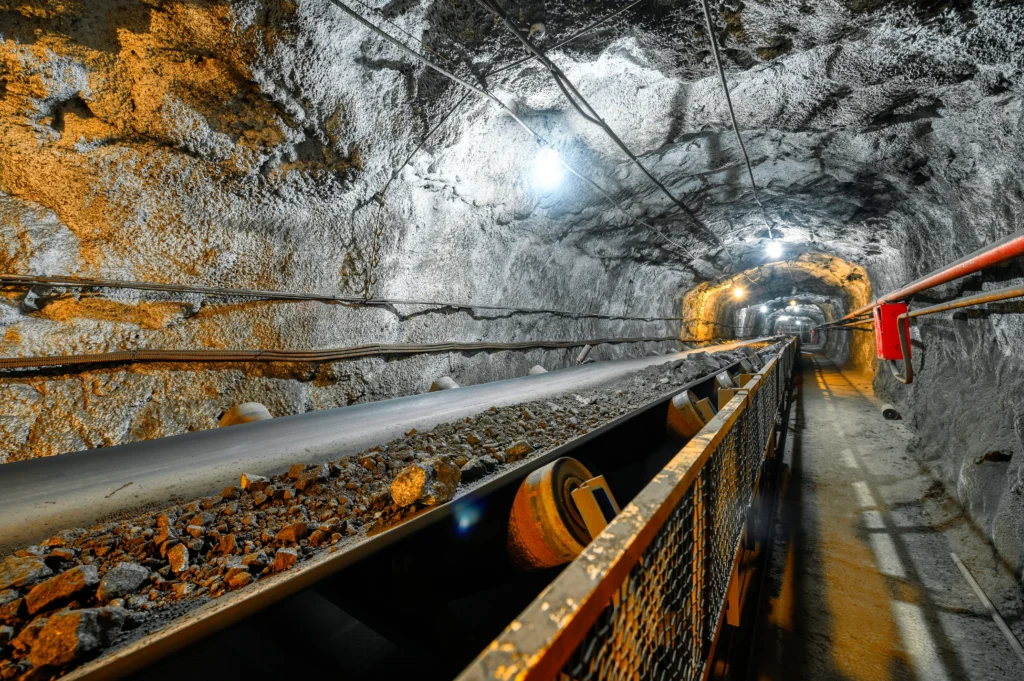
Die wichtigsten Vorteile
- Selective adsorption: Targets low-concentration precious metals (e.g., 0.3 g/t gold) even in complex wastewater streams.
- Resource circularity: Transforms waste (e.g., tailings) into a metal resource, aligning with sustainable mining practices.
- Process flexibility: Tunable via carbon modification (e.g., acid-washed or OMC carbons) to enhance metal-binding capacity.
2. Heavy Metal Remediation in Acid Mine Drainage
Überblick über die Lösung
Acid-modified activated carbon treats Sb²⁺, As, and other heavy metals in mining-impacted soils or acidic pit water. A two-stage adsorption process at optimized pH (e.g., pH 5) immobilizes metals via surface complexation.
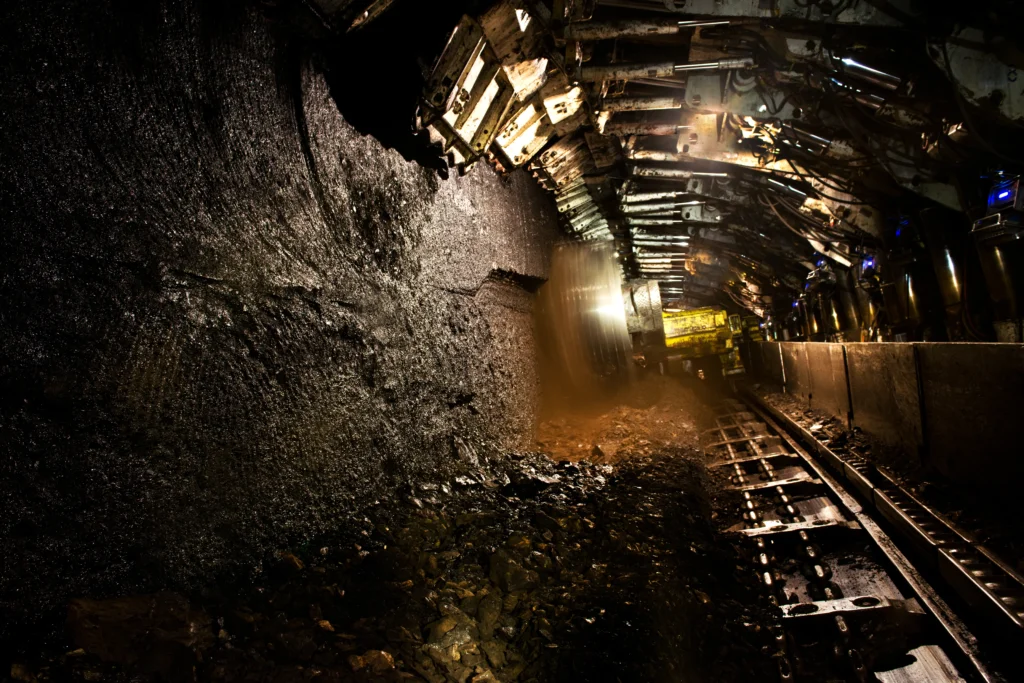
Die wichtigsten Vorteile
- Multi-metal capture: Simultaneously immobilizes Sb (up to 97%) and As (up to 67%) by suppressing Fe(III) reduction and DOM shuttling in flooded soils.
- Enhanced material properties: Acid modification increases surface area and acidic functional groups, improving adsorption kinetics.
- Regulatory compliance: Reduces Sb²⁺ to <0.02 mg/L, meeting surface water Class III standards.
3. Soil Remediation for Mining-Impacted Areas
Überblick über die Lösung
Activated carbon amendments reduce mobilization of Sb and As in flooded mine soils by adsorbing dissolved organic matter (DOM), which inhibits microbial Fe(III) reduction and subsequent metal release.
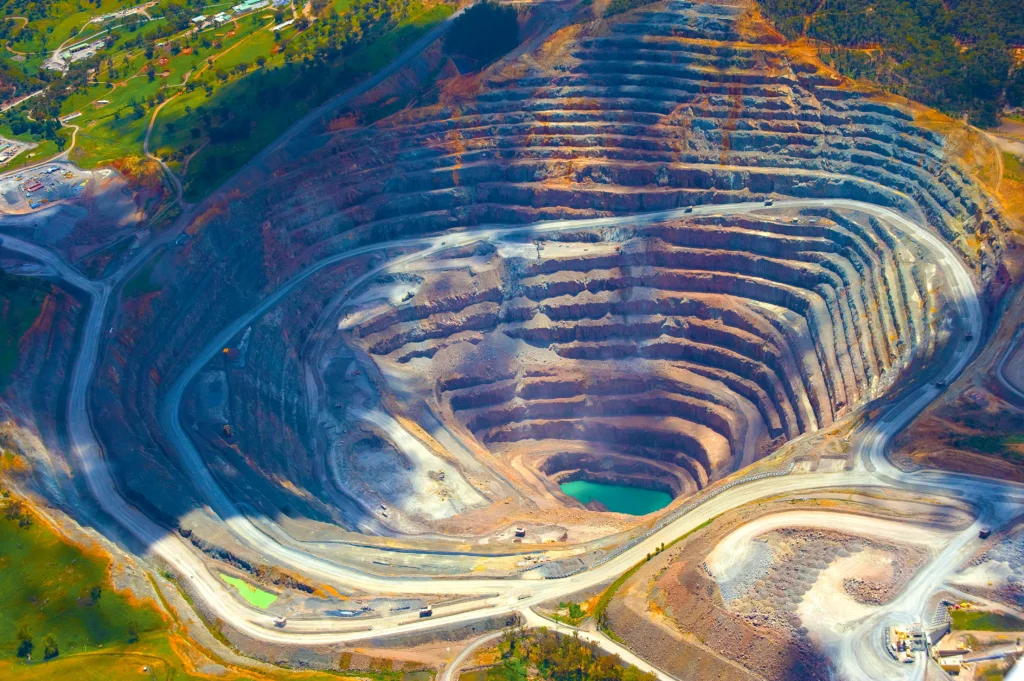
Die wichtigsten Vorteile
- Risk mitigation: Lowers bioavailability and leaching of toxic metals, preventing entry into the food chain.
- Long-term stability: Maintains metal immobilization under anaerobic conditions typical of flooded mine sites.
- Material superiority: Outperforms biochar in DOM adsorption due to higher microporosity and surface functionality.
4. Advanced Carbon Modifications for Enhanced Performance
Überblick über die Lösung
Oxidatively Modified Carbon (OMC) or MMT-impregnated carbon are engineered for superior gold adsorption. OMC mimics graphene oxide's structure for high gold-cyanide affinity, while MMT-carbon enables full thermal regeneration.
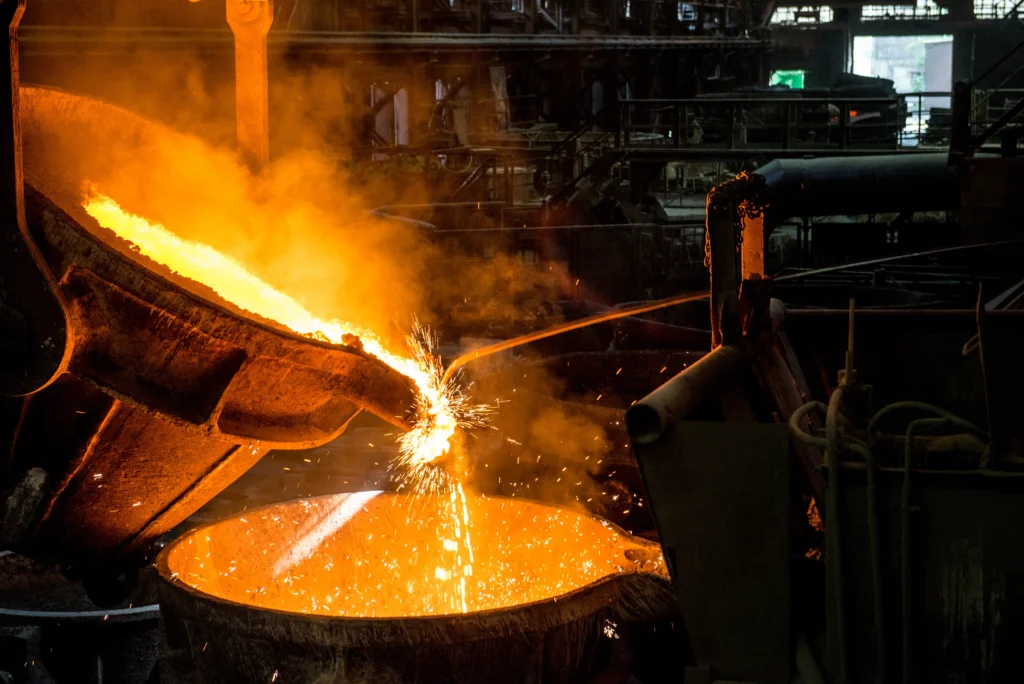
Die wichtigsten Vorteile
- Superior capacity: OMC exceeds commercial carbons in gold adsorption due to GO-like surface chemistry; MMT-carbon achieves 100% desorption with thiosulfate.
- Eco-regeneration: MMT decomposes completely into gases, eliminating secondary waste.
- Renewable material: Coconut shell-based carbons offer high microporosity (>85% surface area), mechanical strength, and low ash content.

